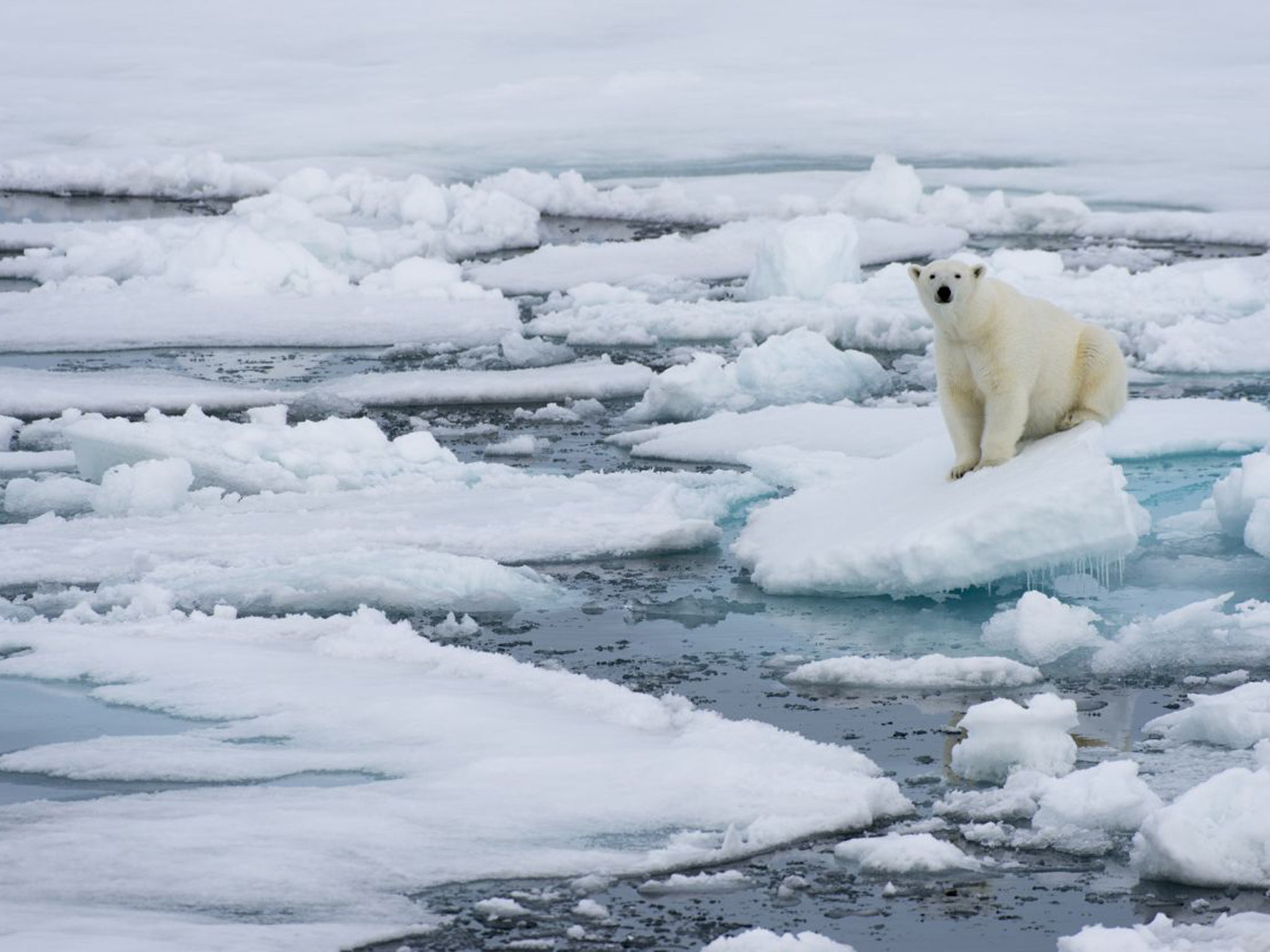Arctic to be 20C hotter than average in-record breaking North Pole heatwave
'Santa is most likely overdressed ... Maybe in the future we’ll see him in a light jacket or plastic mac'

Your support helps us to tell the story
From reproductive rights to climate change to Big Tech, The Independent is on the ground when the story is developing. Whether it's investigating the financials of Elon Musk's pro-Trump PAC or producing our latest documentary, 'The A Word', which shines a light on the American women fighting for reproductive rights, we know how important it is to parse out the facts from the messaging.
At such a critical moment in US history, we need reporters on the ground. Your donation allows us to keep sending journalists to speak to both sides of the story.
The Independent is trusted by Americans across the entire political spectrum. And unlike many other quality news outlets, we choose not to lock Americans out of our reporting and analysis with paywalls. We believe quality journalism should be available to everyone, paid for by those who can afford it.
Your support makes all the difference.The North Pole will be hit by an unprecedented heatwave this Christmas because of man-made climate change, scientists say.
The centre of the Arctic will be 20 degrees hotter than average, at around 0C freezing, on Christmas Eve.
Dr Friederike Otto, a senior researcher at Oxford’s Environmental Change Institute, said scientists are “very confident” that the weather patterns were linked to anthropogenic climate change.
“In all our methods, we find the same thing,” said Dr Otto.

“We cannot model a heatwave like this without the anthropogenic signal.”
It follows sea-ice levels reaching record lows this year and the sea-water levels rising by almost 7.8 inches since 1870.
Temperatures in the Arctic throughout November and December have been 5C higher than average.
Warm air from the North Atlantic is forecast to fly over the North Pole, via the Norwegian island of Spitsbergen, on 24 December.
“If the globe is warming, then the sea ice and ice on land [shrinks], then the darker water and land is exposed,” said Dr Otto, speaking to BBC News, who added that this heatwave could occur every other year.
“Then the sunlight is absorbed rather than reflected as it would be by the ice.”
Dr Thorsten Markus, chief of Nasa's Cryospheric Sciences Laboratory, said the heatwave was “very, very unusual” and added that: “The eerie thing is that we saw something quite similar almost exactly a year ago.”
Dr Markus also joked: “Santa is most likely overdressed [for tonight]. Maybe in the future we’ll see him in a light jacket or plastic mac.”
Join our commenting forum
Join thought-provoking conversations, follow other Independent readers and see their replies
Comments